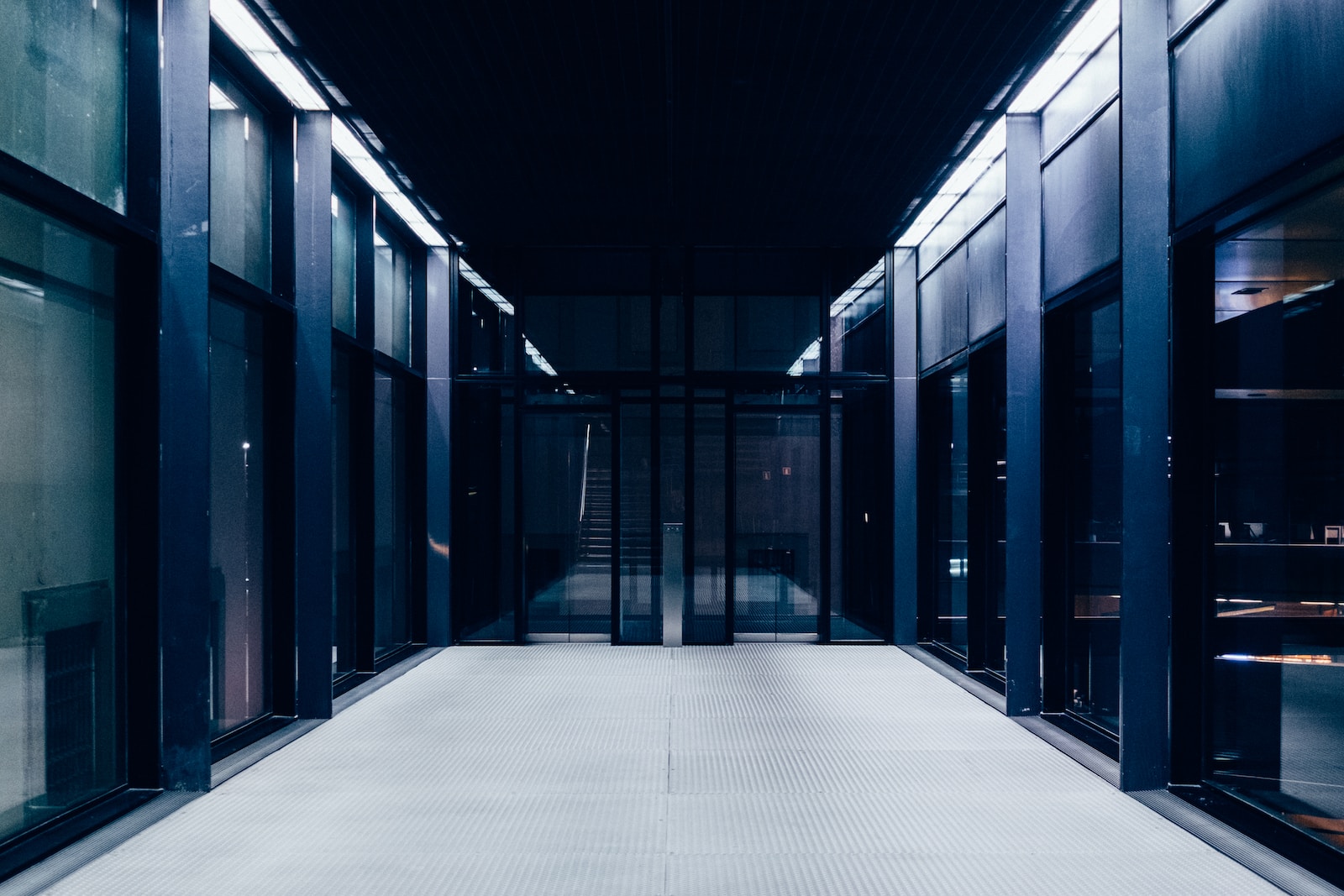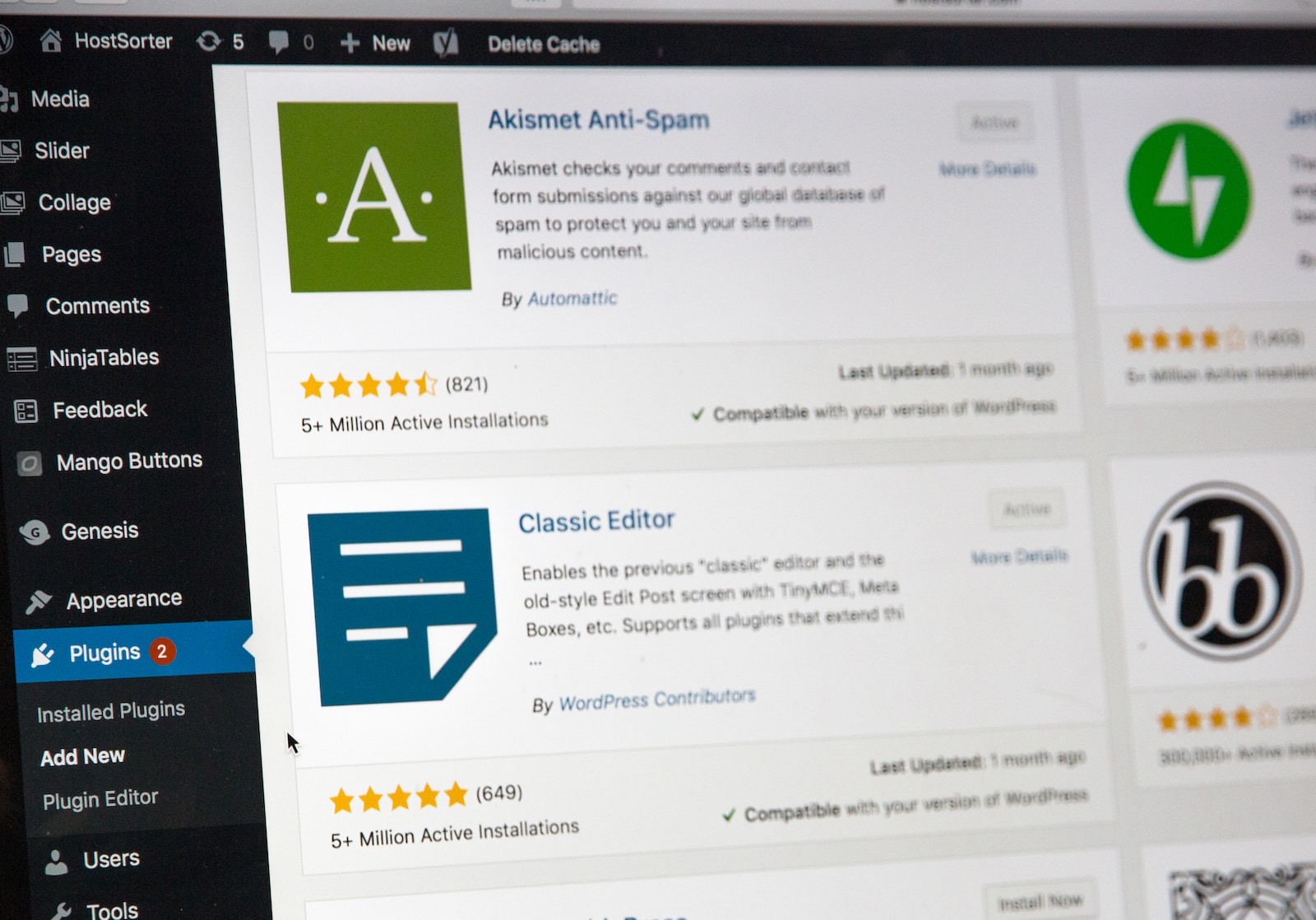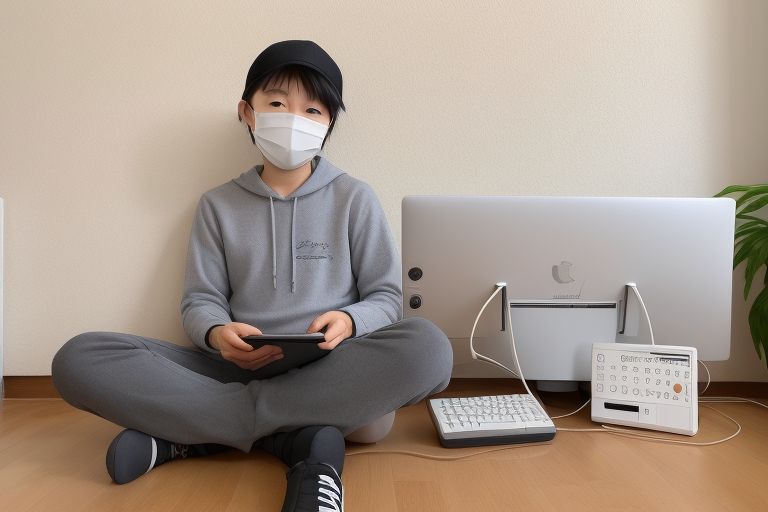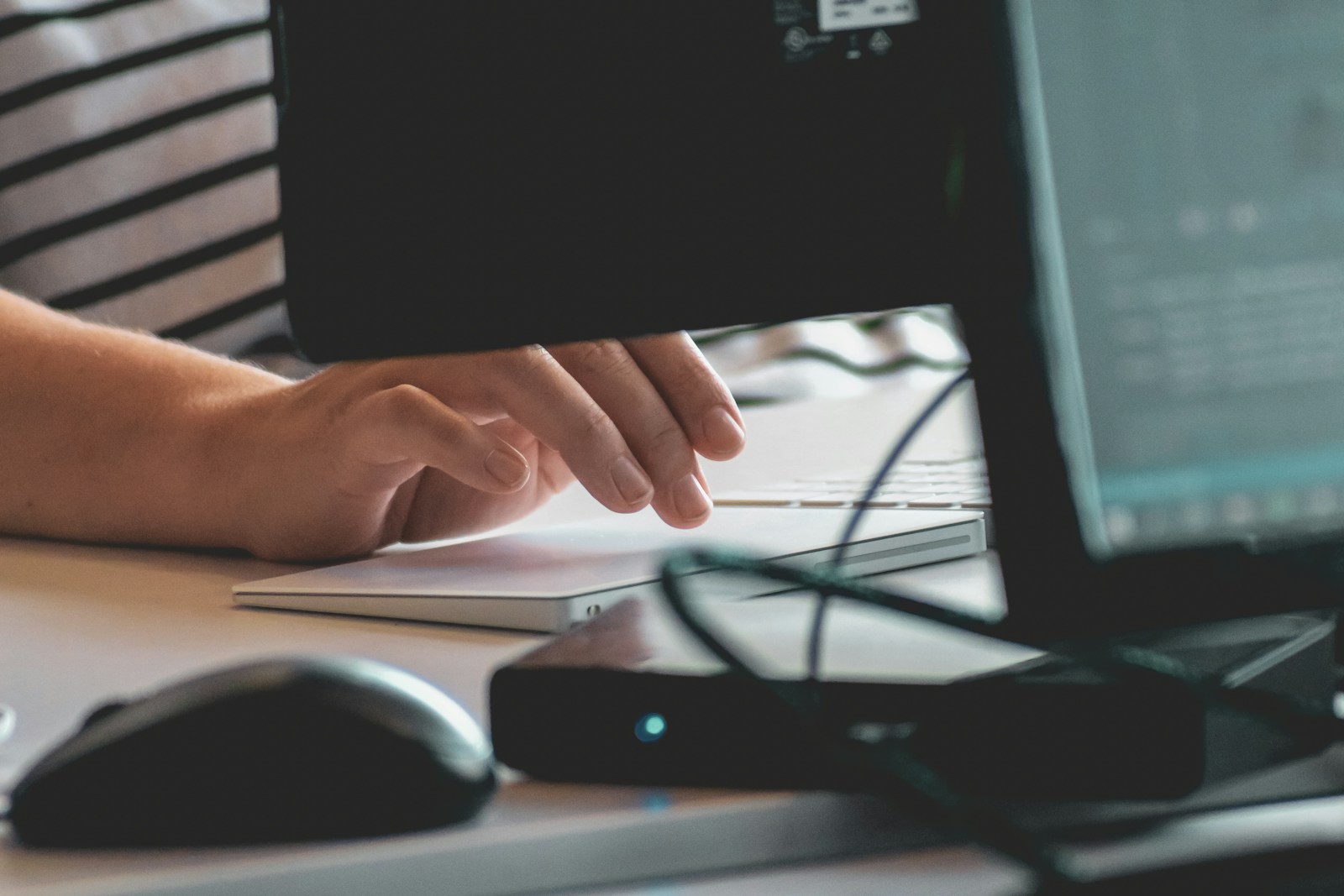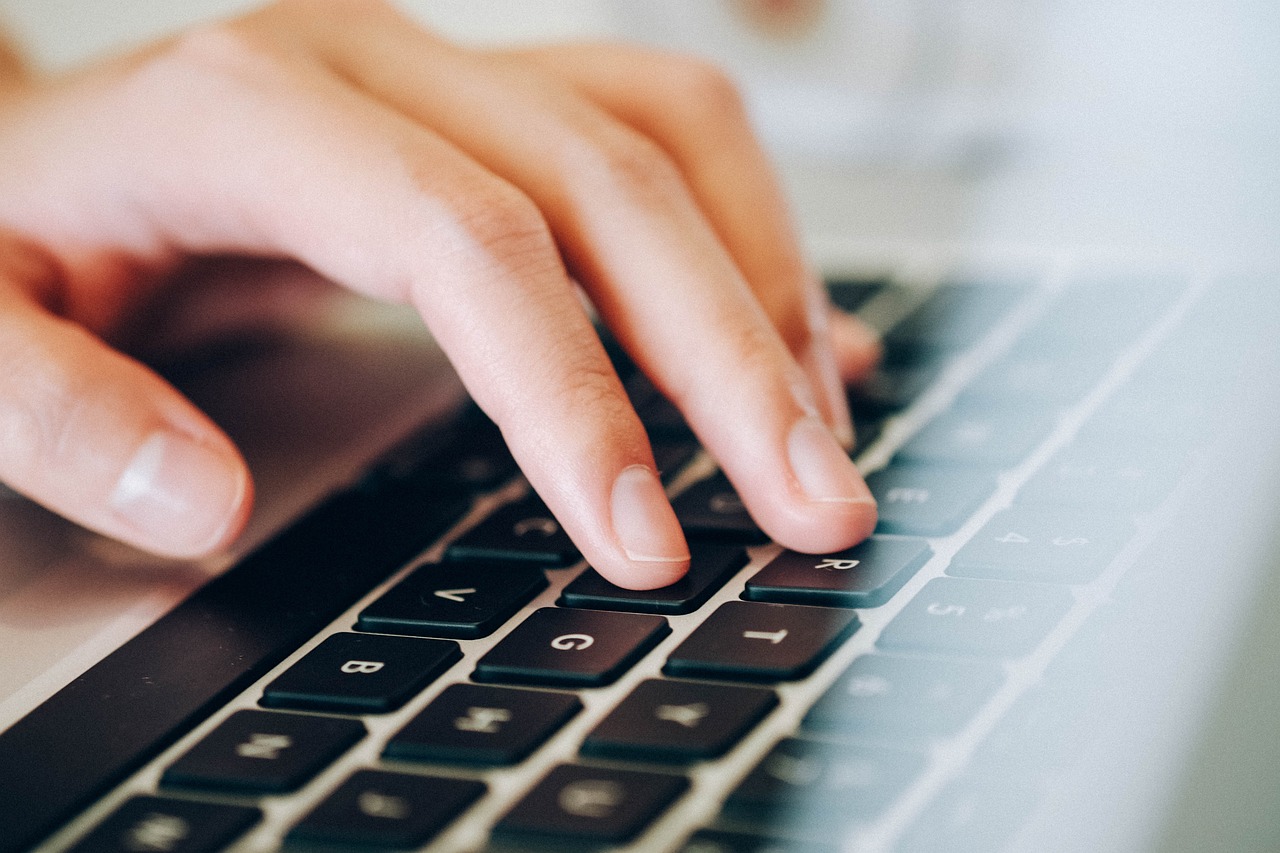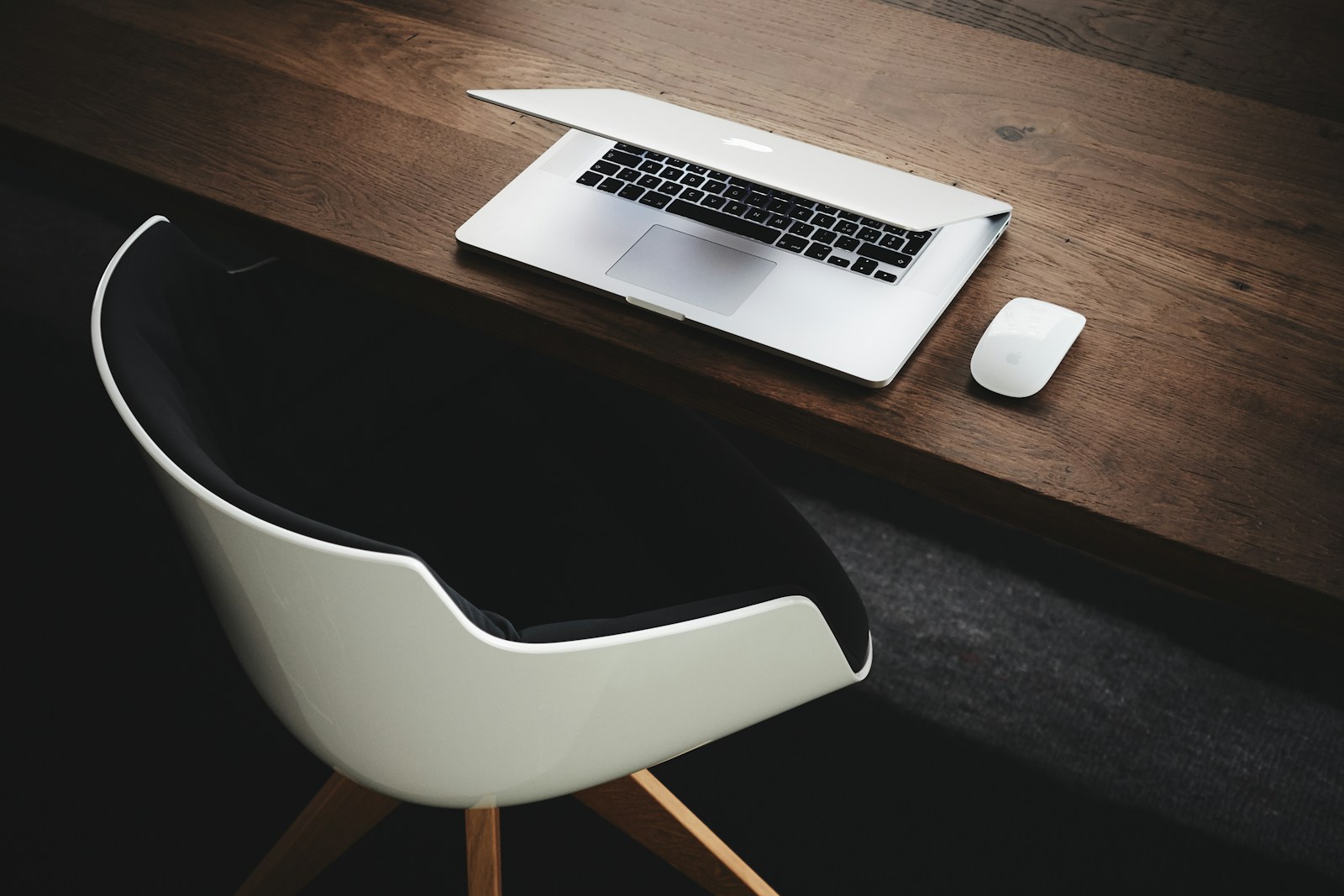For many organisations, a dedicated server room creates a path toward success. However, it’s important to take a step back and consider a few crucial factors before construction. Read on to learn what to consider before adding a server room and make a plan for an improved business setup.
Planning and Location
Before adding a server room, you must know where to put it. Location is key; you’ll want the room to be accessible for maintenance and updates but safe from unauthorised access.
When selecting the perfect spot, consider the following:
- Limit exposure to hazards (water, dust, fire, etc.).
- Ensure easy access for personnel.
- Avoid areas prone to vibration and excessive noise.
- Plan for future growth and expansion.
A central location in a building is typically best to ensure enough access and security while maintaining a simple connection from the area to the rest of the building.
Power Supply and Cooling
You’ll need a reliable power supply to ensure operations run without unexpected downtime. This power supply includes backup power sources in case of an outage, such as uninterruptible power supply systems or on-site generators.
Cooling is another critical factor for server rooms. Servers generate a significant amount of heat. If not properly managed, this heat leads to equipment damage and decreased performance. Consider implementing an efficient cooling system that monitors temperature fluctuations and keeps your servers running optimally.
Security
Security is essential when it comes to protecting your business’s sensitive data. Create a secure environment by implementing access control systems like card readers, biometric scanners, or multi-factor authentication. These strict measures ensure that only authorised personnel enter the server room.
Apart from physical security, analyse your network security and make sure your servers have protection against cyber threats. Regularly update your security protocols, firewalls, and antivirus software to shield your servers from potential hacks.
Maintenance
Regular maintenance is necessary to ensure the longevity and efficiency of your servers. Implement best practices for organising your server room, such as a cleaning schedule with specific tasks to remove dust and debris.
Ensure staff replace components and monitor for potential hardware or software issues. The maintenance schedule prevents unexpected downtimes and reduces any loss in productivity that comes with server issues.
Budget
Budgeting is essential since it helps you know what you can feasibly add to your server room regarding technology. The budget should cover the initial costs of setting up the server room and ongoing costs, such as maintenance, power, cooling, and security upgrades.
Consider the value a server room offers your business against the expenses. Sometimes smaller organisations may find cloud-based services or colocation facilities more cost-effective. Your business should compare energy providers to monitor usage, manage costs, and remain within budget. Weigh your options and choose the one that aligns best with your long-term goals and budget.
Designing and maintaining a server room is a complex and ongoing process. However, proper planning makes it possible to create an efficient and secure environment for your organisation’s critical data and technology infrastructure. Make these considerations before adding your server room, and help your business grow in IT.

